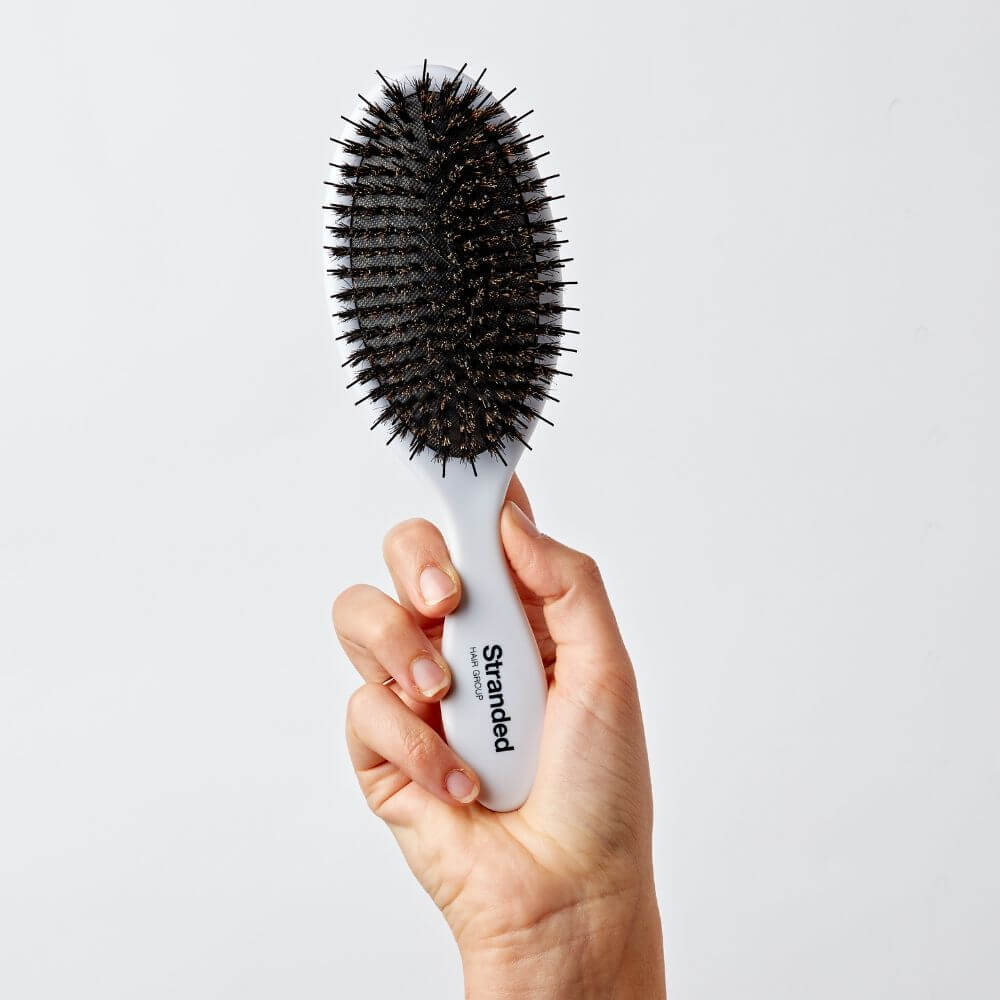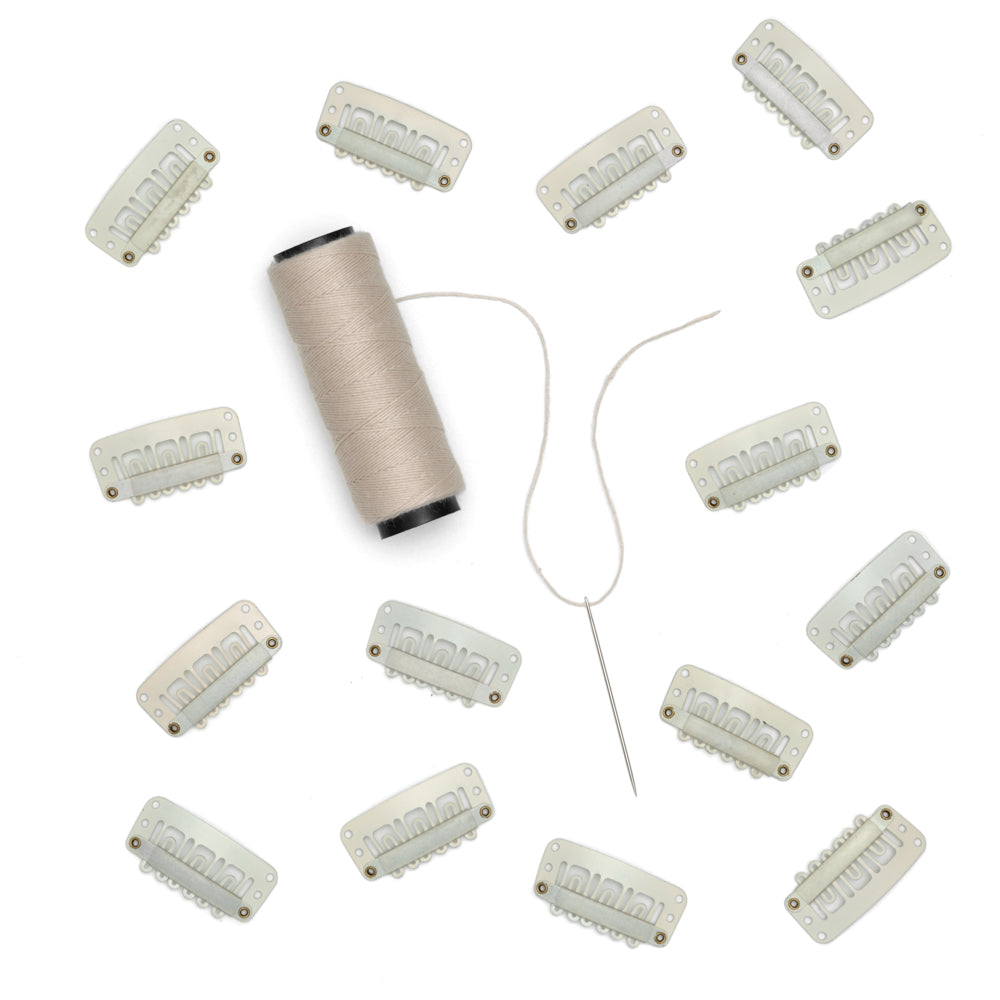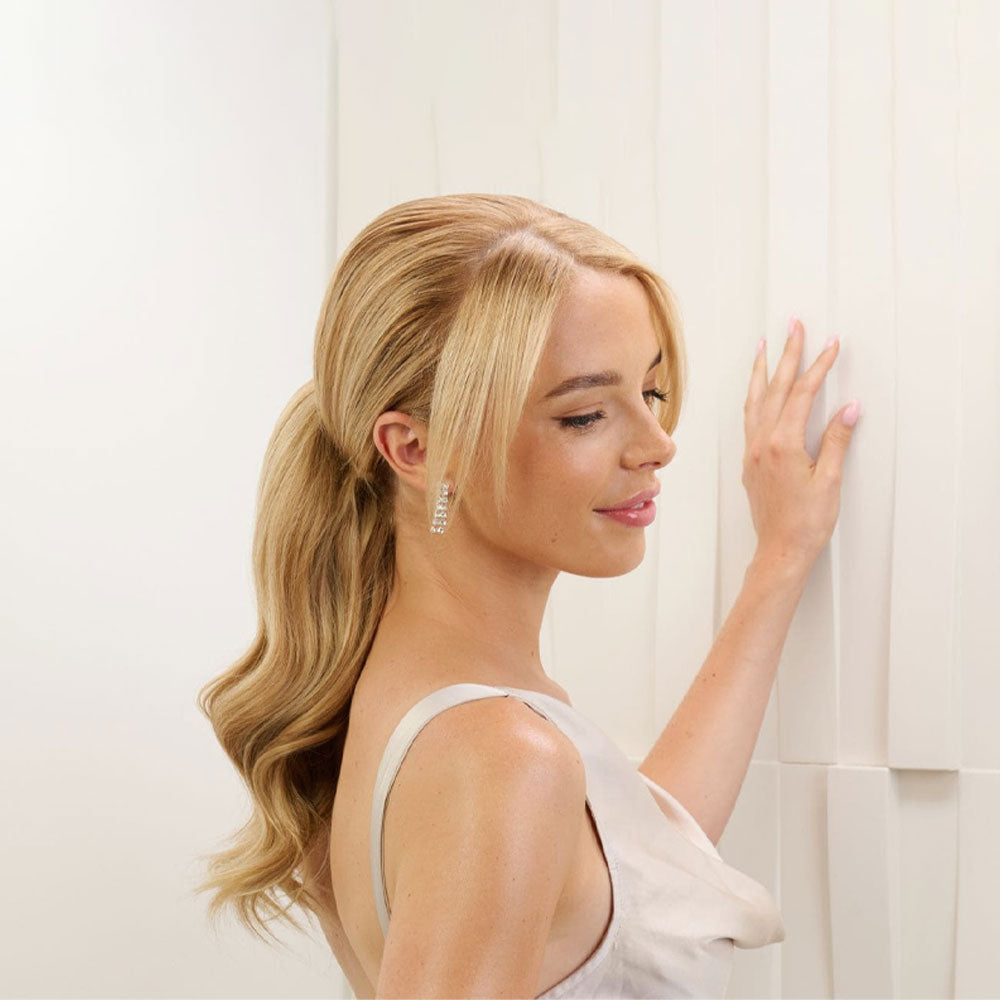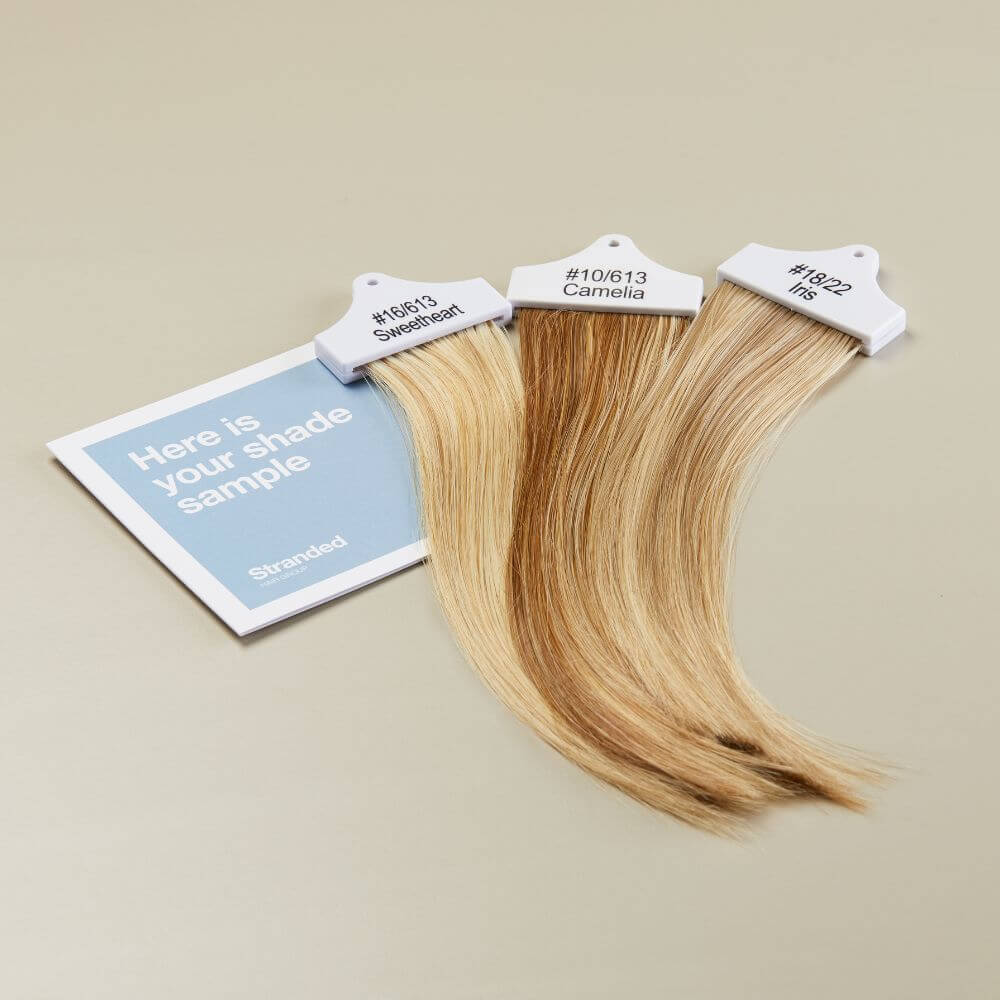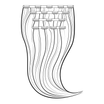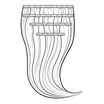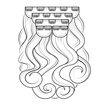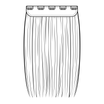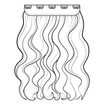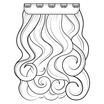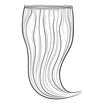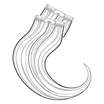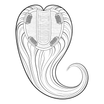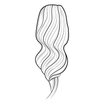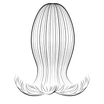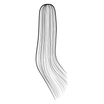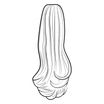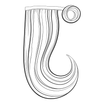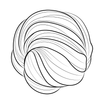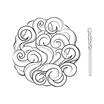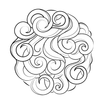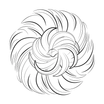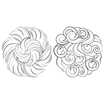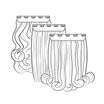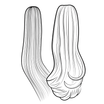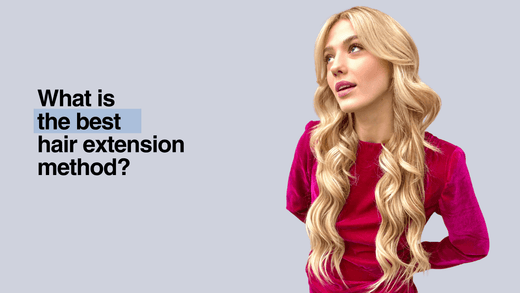Scared of making the wrong decision? Picking an extension method to clip, tape, bead, bond or sew into your natural locks is no easy feat. But which is the best? Keep reading to learn the hard answer to that question…
With so many different hair extension methods on the market, it can be difficult to deduct which one is the best. They all seem to have a wide range of strengths and weaknesses, but no one is saying which is better than the other!
At Stranded, we aren’t just a clip-in extension brand - we pride ourselves on being a team of industry professionals that are dedicated to hair education and knowledge. We know that when you look your best, you feel your best, and that should never come at a cost to your hair!
So, whilst each hair extension method has its own pros and cons, we’ve created this blog to help you figure out which method is best… for you!
In this blog, you will learn about the different hair extension methods, their strengths and weaknesses and which methods are best for thick and thin hair types. By the end, you will be able to confidently choose the right method for your own hair needs.
What are the different types of hair extension methods?
Hair extensions are typically categorised into two types - temporary and semi-permanent. Within each type, there are different methods by which the extensions can be installed.
Temporary extensions
The term ‘temporary extensions’ means that the hair extensions are meant to be worn and removed at the end of the day, rather than kept in the hair for a matter of weeks. There are two methods of temporary extensions on the market these days - clip-in extensions and halo extensions.
Typically, both clip-in and halo extensions come in both synthetic and human hair, though there tend to be fewer options when it comes to human hair. Synthetic hair is favoured with temporary extensions, as they come pre-styled and are only meant for daily use or for special occasions.
Clip-in extensions
Clip-in extensions are temporary extensions that are literally clipped into your hair and come in a variety of styles, such as one piece extensions, ponytail extensions and buns. Clip-ins are a trusted favourite in the hair industry and as the market continues to grow, innovations in colour matching, fibre hair quality and styles grow with it. Stranded Hair Group is proud to exclusively stock a huge variety of clip-in extensions in both human hair and our Stranded Clever Fibre.
Halo Hair extensions
Halo extensions, the newer addition to the temporary hair extension market, use clips and a soft wire to be fitted into the natural hair in one large piece.
Semi-permanent extensions
The term ‘semi-permanent extensions’ refers to hair extensions that are professionally installed by a hairdresser and are kept in the hair for a period of time (as opposed to removed daily, like temporary extensions). There are 4 main methods of semi-permanent extensions on the market - tapes, microbeads, bonds and wefts.
Semi-permanent extensions, of professional quality, are always made of human hair, which can be reused and refitted - most typically, double-drawn Remy human hair. As semi-permanent extensions need to last for a specific amount of time, synthetic fibre hair is avoided as it will not last the same amount of time.
Tape in hair extensions
Tape in hair extensions, commonly known as just ‘tapes’, are the leading semi-permanent hair extension method on the market. Made as thin slices of human hair with an adhesive tab at the top, tapes are applied by sandwiching two extensions between a slice of your natural hair.
Tapes are known to be the least damaging method of hair extensions, along with being extremely versatile and virtually invisible, and can last you up to 6 to 8 weeks before needing to be refit (depending on your hair growth rate, aftercare and lifestyle).
Microbead extensions
Microbead hair extensions have been around forever! This method is done by attaching strands of human hair extensions on plastic beads to strands of your natural hair, clamping the beads in place.
Microbeads are extremely versatile for almost all hair types and needs and only need to be refitted every 6 to 12 weeks (depending on your hair growth rate, aftercare and lifestyle).
Pre-bonded extensions
Pre-bonded extensions, also known as bonds, are a classic but slowly dying in UK salons. This extension method works by bonding small strands of human hair extensions to the natural hair, using U-tips.
This method is also incredibly versatile and only needs to be refitted every 8 to 12 weeks, making it one of the longest-lasting hair extensions on the market (depending on your hair growth rate, aftercare and lifestyle).
Weft or sew-in extensions
Weft or sew-in extensions have been the ultimate choice over the years when it comes to semi-permanent hair extensions. Wefts work by being sewn into a braid of your natural hair and can be installed in one large piece or multiple smaller pieces.
Wefts, too, are incredibly versatile and can last just as long as bonds, 8 to 12 weeks, before needing to be refit (depending on your hair growth rate, aftercare and lifestyle).
Pros and cons of types of hair extensions
Like with anything, hair extensions come with a multitude of pros and cons. Depending on your hair type, lifestyle and what you’re wanting to achieve from your extensions, one type of extensions may be better than the other.
Keep reading to see our simple guide to the pros and cons of both temporary and semi-permanent hair extensions…
Temporary Extensions Pros and Cons:
| Pros | Cons |
|---|---|
| Pre-styled for convenience | Fewer options for human hair |
| Long-lasting and reusable | Can risk hair damage |
| Can be installed at home, by yourself | Typically can’t be customised to your hair |
| Quick to apply | Shouldn’t be worn every day for long periods |
| No aftercare needed | Can’t mix shade colours |
Semi-permanent extensions Pros and Cons:
| Pros | Cons |
|---|---|
| Lasts up to 6+ weeks, before being reused and refit | Financial commitment |
| Always made of human hair | Time commitment |
| Behaves the same way your own hair does | Strict aftercare is a must |
| Reduced risk of hair damage | Need to adapt lifestyle |
| Customisable to your desired look, length and thickness | Must be installed, removed and refitted by a professional |
Which hair extension method is the best?
This question is like asking ‘How long is a piece of string?’...
As shown above, hair extensions have different pros and cons, but their ‘bestness’ is completely dependent on your individual hair type and what you are trying to gain from wearing extensions.
Which hair extension method is best for thin hair?
Thin hair can be a tricky thing to handle and style, and so it is often thinner-haired women wanting extensions to add length, thickness and volume. But which hair extension method is best?
Temporary extensions are best for thin hair
Clip-in extensions are the most versatile of the temporary extension methods, for women with thin hair.
With clip-in extensions, you can play around with different attachment options (such as one piece or five piece) and styles (such as ponytails and buns). Being able to customise your attachment to the thickness of your hair, allowing you to find the best one to disguise, is a huge selling point of clip-ins!
For thin hair, we recommend our Luxury Four Piece Clip-in Human Hair Extensions, available in 16 and 20 inches (RRP £115-£165). This clip-in set will allow you to evenly distribute and disguise the extensions around your hair, whilst also having the option to cut the hair (with professional help), if needed.
Semi-permanent extensions
Tapes are the leading semi-permanent hair extension method, especially for women with thin hair.
Tapes are incredibly versatile, meaning that they can be fitted anywhere around your head and be completely customisable to what you need from them. They are also virtually invisible when installed, ensuring no one can see the extensions through your natural thinness.
TOP TIP: Pick an extension method that will help you achieve your hair goals, working with the natural hair type that you have!
What is the best method for thick hair?
When you have thick hair, you may not be wanting hair extensions for volume and additional thickness, but instead to add length to your natural hair. But which hair extension methods are best to do this?
Temporary extensions
Clip-in extensions are also the go-to for thicker-haired women.
Clip-in extensions’ versatility means that there truly is an option for everyone. The only difference to thin hair, however, is that we would recommend avoiding one piece extensions, as they can be difficult to blend in thick hair. Instead, opt for multi-piece extensions that can be spread and layered evenly.
For thick hair, we recommend our Seamless Five Piece Clip-in Human Hair Extensions, available in 14 and 18 inches (RRP £70-£105). The additional piece on this clip-in set will allow you to evenly spread or layer the extensions around your head, levelling out the extra length with your natural thickness. For women with really thick hair looking to add volume and length we recommend our Instant Bouncy Blow Set weighing 250g across five extra thick pieces.
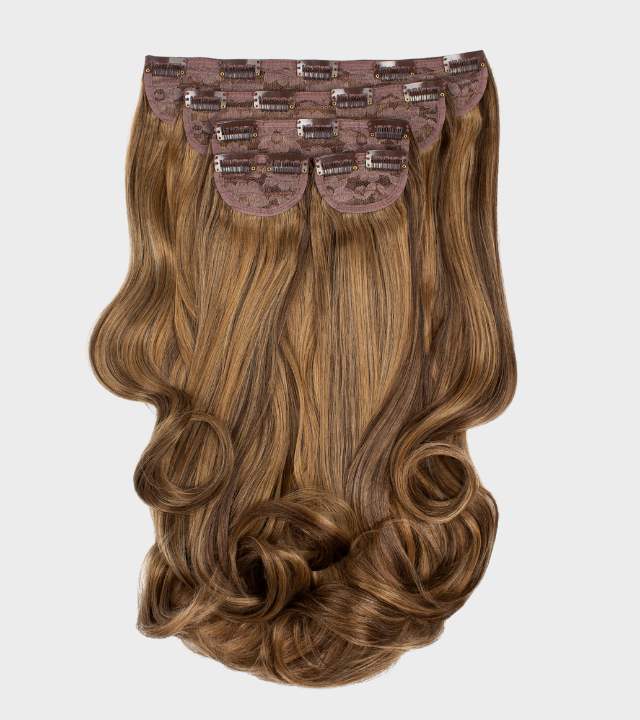
Semi-permanent extensions
Weft or sew-in extensions are considered to be the best semi-permanent extension method for thick-haired women.
When wefts are sewn into a braid from your natural hair, it helps remove some of the thickness to help the extension blend. And because wefts are so versatile, they can be cut into smaller pieces and be spread and layered around the hair more evenly (like a multi-piece clip-in).
Did you know that Stranded also sells Weft extensions? Check out our 100% Human Hair Original Weft, available in 14 and 18 inches (RRP £70-£105).
What now?
You came to this article wondering ‘What is the best hair extension method?’, and let’s be honest, my answer wasn’t as kind or straightforward as you hoped it would be.
In this blog, you learnt that different types of hair extensions and installation methods have different pros and cons and that their best suitability is really down to the individual wearing them. However, you have now learnt the difference between temporary and semi-permanent extensions, their advantages and disadvantages and the best methods to choose from for both thin and thick natural hair.
But what now?
At Stranded, we pride ourselves on our commitment to not just supply you with the best clip-in extensions on the market, but also to provide you with top, industry-led information and education surrounding all things hair and extensions! And that’s why we write blogs, just like this one…
Found this blog helpful?
Why now check out more of our informational and educational blogs!
If you found this one helpful, you may also like ‘Hair Extensions Weight: Explained’, ‘What are Hair Extensions Made Of?’, ‘How to Choose Your Ideal Extension Length’ and ‘How Long Do Hair Extensions Last?’.
Think clip-ins are for you?
Has this blog swayed you over to our side? We can’t blame you!
Check out our Stranded Website for our full range of synthetic fibre and human hair clip-in extensions, including our bestselling Synthetic Clip-in Extensions!
All of our synthetic extensions are made of Stranded Clever Fibre - synthetic fibre hair uniquely designed to mimic human hair, which is heat resistant up to 180℃ - and come in up to 32 multidimensional shades to choose from.
Did you know that we also offer free expert colour matching? Take the hassle out of finding your perfect shade and get colour-matched today!

